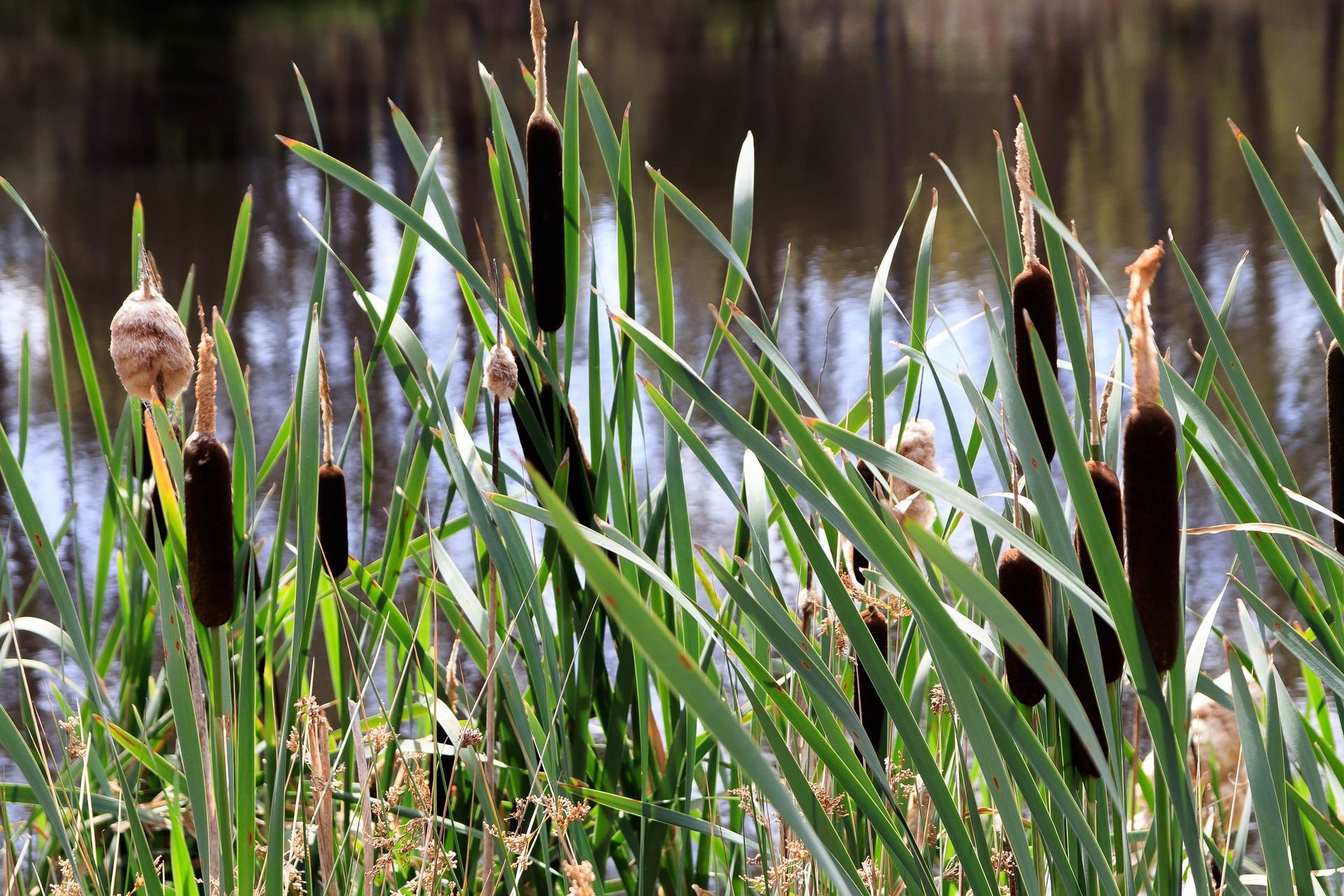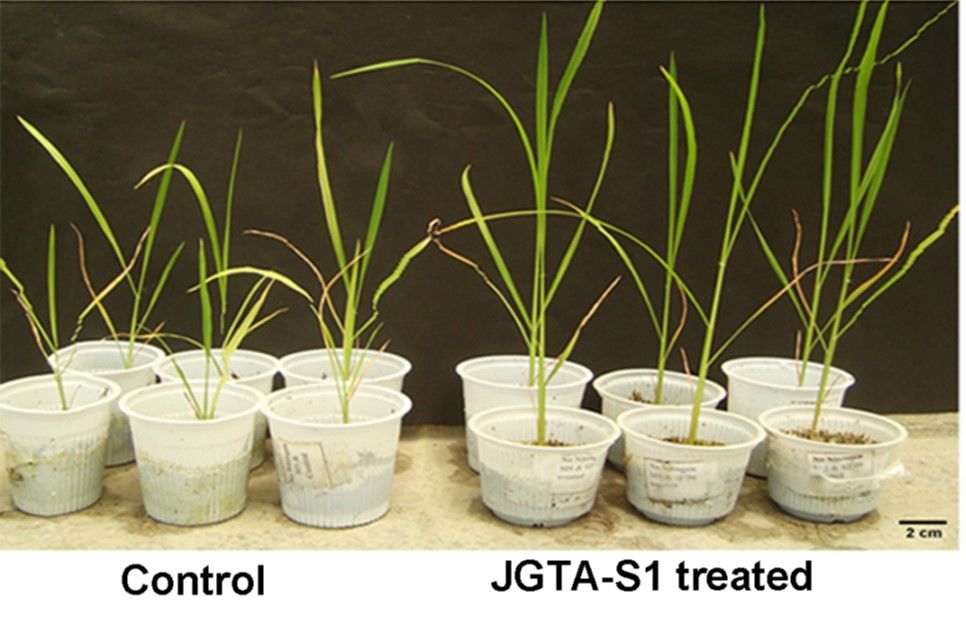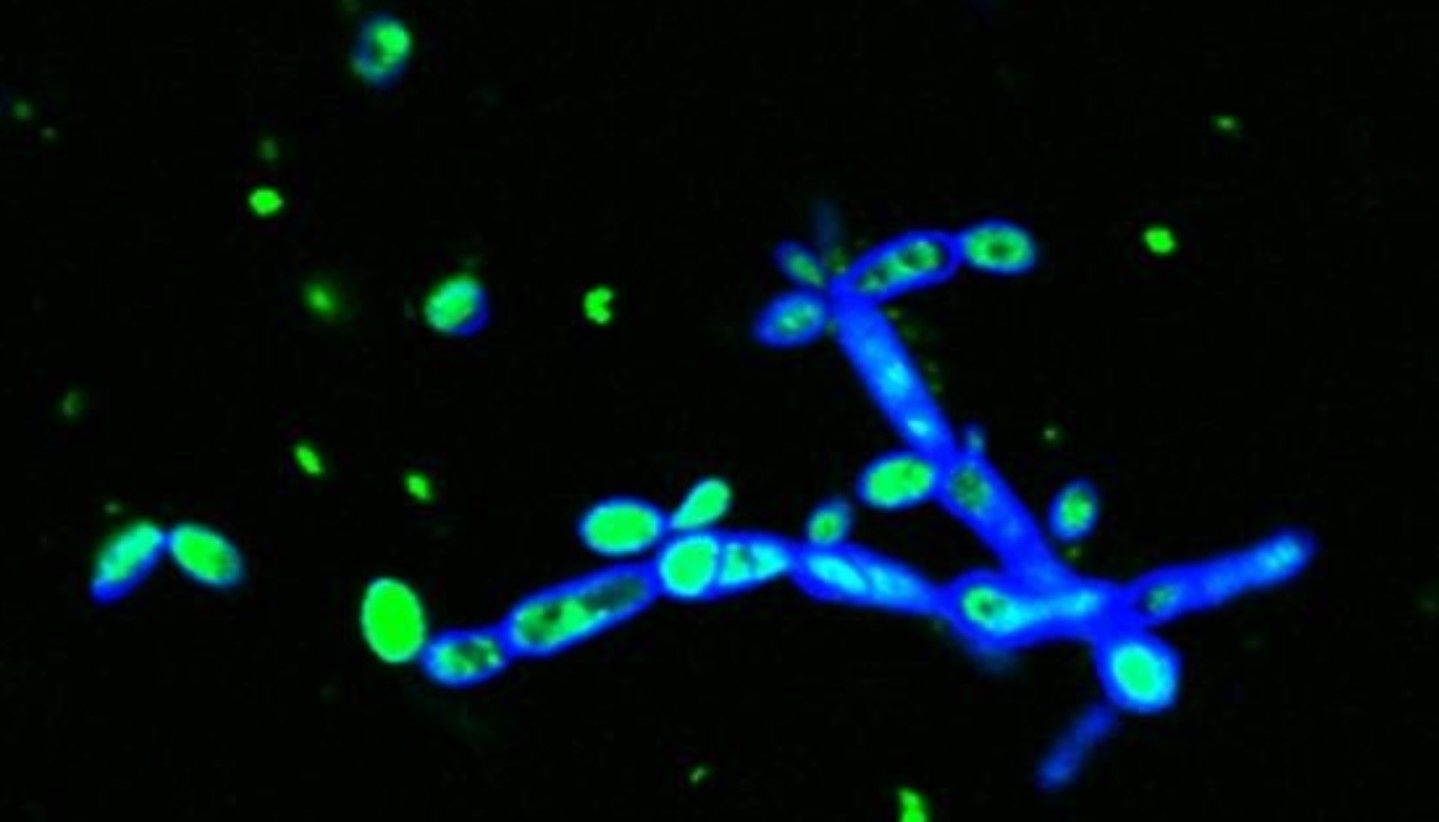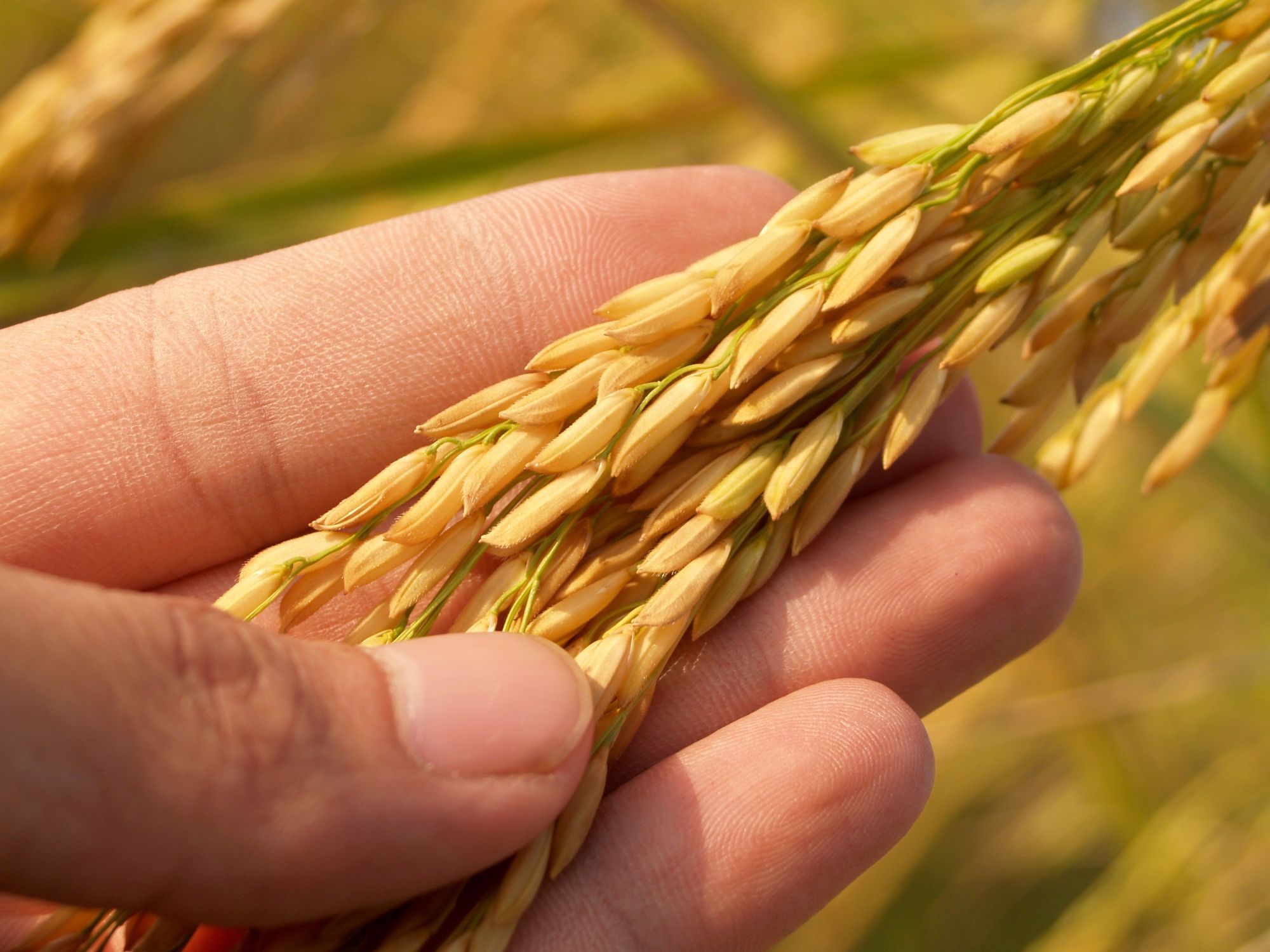The fertilizer industry has long been known as agriculture’s dirty little secret. A sector of food production which is responsible for 1% of global greenhouse gas emissions, creates algal booming on a global scale, causes ‘dead zones’ in our seas and oceans, and poisons groundwater.
Yet without modern nitrogen and other chemical fertilizers hundreds of millions of people would starve to death.
What is needed is a more intelligent, holistic approach to plant nutrition. A way of combining the power of fungi, bacteria, and plants to boost crop yields. Something which a team of biofertilizer specialists from India believe they have struck upon.
The study focused on microbes that were found inside cattails (bulrushes) growing on the edge of a pool of tailings from a uranium mine. The researchers were attracted to the microbes due to their unusual environment and the high levels of nutrients which surrounded them.
The fungus that they found is called Rhodotorula mucilaginosa JGTA-S1 (JGTA-S1 being the specific strain). After isolating the pink-coloured fungus from inside the narrowleaf cattail (Typha angustifolia), the team found that it contains nitrogen-fixing bacteria, that could convert atmospheric nitrogen into a soluble form available for the plant. The team also observed that the fungus improved the growth rate of the cattails. They also analysed the fungus’s genome sequence, finding that several of its genes were ideal for a plant-associated fungus.

Following this information, the study, conducted by Anindita Seal and Karnelia Paul of the University of Calcutta, and Chinmay Saha of the University of Kalyani, established that JGTA-S1 could grow on rice plants, and began to analyse its effect on plant growth.
They found that not only did the fungus easily colonise rice crops, but that the bacteria within aided plant growth; all three species (the plant, the fungus, and the bacteria) working in symbiosis.

As the scientific journal Phys.org, explains, “JGTA-S1 can grow in nitrogen-free media, with nitrogen fixation assisted by nitrogen-fixing bacteria, including Pseudomonas stutzeri.” Furthermore, “Nitrogen-fixing bacteria are key to JGTA-S1's viability and crucial for the increased biomass and ammonium in fungus-treated plants. The fungus associates with the plant to form filamentous structures, and the P. stutzeri bacteria then penetrate these structures.”
This has led the team to hypothesise that the fungi could be used as a way to transport and implant nitrogen-fixing bacteria into crops to improve yields.
“Improving nitrogen nutrition in crop plants is a challenge for scientists,” says Anindita Seal, one of the study’s co-authors. “It would be interesting to see whether this three-kingdom interaction can be used to improve nitrogen nutrition in plants other than rice or whether the beneficial role of the endofungal bacteria is plant specific.”
The team has now published their findings in the scientific journal The Plant Cell, where they outline how their goal of improving nitrogen nutrition by identifying plant-interacting N2-fixing microbes. Specifically stating that, “Rhodotorula mucilaginosa JGTA-S1 is a basidiomycetous yeast endophyte of narrowleaf cattail (Typha angustifolia). JGTA-S1 could not convert nitrate or nitrite to ammonium, but harbors diazotrophic (N2-fixing) endobacteria (eg. Pseudomonas stutzeri) that allows JGTA-S1 to fix N2 and grow in a N-free environment.”

Consequently, the team found that, “Endofungal P. stutzeri plays a significant role in increasing the biomass and ammonium content of rice treated with JGTA-S1; also, JGTA-S1 has better N2 fixing ability than free-living P. stutzeri and provides fixed N to the plant.”
This ultimately led to the team being able to conclude that, “JGTA-S1 colonizes rice (Oryza sativa) significantly improving its growth, N content, and relative N-use efficiency.”
What the researchers have discovered is not a biofertilizer in its typical sense, but a reformed understanding of how the fertilizer industry can adopt different methods to improve nitrogen uptake in plants. In this case, they have found a fungus which can actually benefit the economically vital rice crop.

Research is now continuing to find a method of packaging and transporting the fungus (and its associated bacteria) from the lab to the field on an industrial level.
However, even if unsuccessful in this further work, the team has discovered a novel way for employing the interactions between organisms from three different kingdoms; plant, fungi, and bacteria. Taking a giant leap towards replacing conventional fertilizer with something biological.
Photo credit: IMMining, Wired, Phys.org, Dissolve, Britannica, Tribune, Plantae, Twitter, and Phys.org, PixbayBlade, Pixabay, Pexels, Tom Fisk from Pexels
